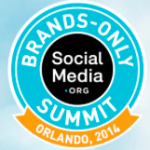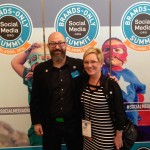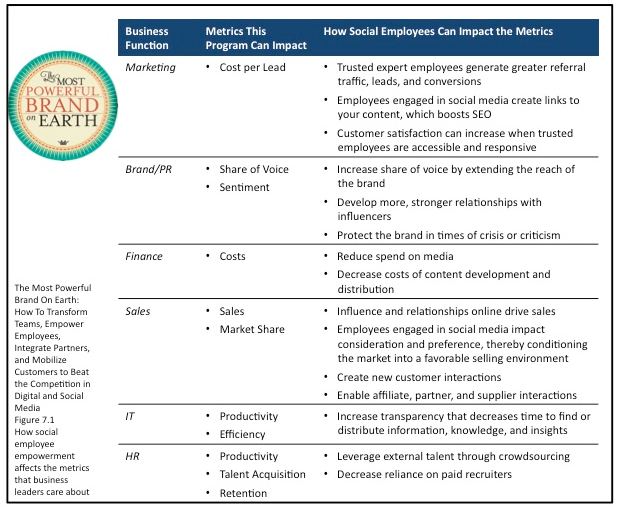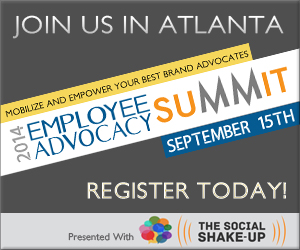I had the good fortune to meet Robin several years ago when I began serving on the Social Media Today (SMT) Advisory Board to help her advance engagement with Social Business Leaders and extend the Social Shake Up event programing to feature such leaders. It’s hard to believe what she was able to accomplish in such a short number of years. Always on the vanguard of what’s new and emerging in the industry that was coming of age. Robin was not only brilliant; she was fun and incredibly interesting. She was sincerely interested in knowing you, as a colleague as well as a friend.
She loved her boys and was so proud of their accomplishments. She joyfully shared updates on their progress as any doting mother would. She was open about the reality of building a business while balancing the demands of being a Wife and Mother. She had a special knack for helping aspiring women. I was a beneficiary of her generosity, for which I’m forever grateful. She was the quintessential Master of Ceremonies, bringing business leaders together from all over the world to advance the Social Media industry through knowledge sharing and collaboration.
No one could host an event and make it fun like Robin. She would light up a room with her energy and elegance. She knew how to prepare the “run of show”, she owned the stage with her glamorous style. So many times she’d break into dancing to her favorite tunes in between event segments. She embraced good times and welcomed all to join in … and we did. She made you feel special for being a part of what she was building. Always giving with her time and intellect, she was a connector from the heart.
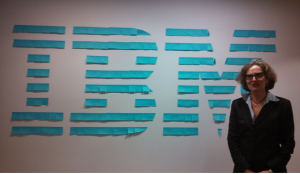
She shared the stage with so many. Not just the event stage, the editorial stage. She wrote incredible pieces highlighting bleeding edge work from brand leaders who were in the trenches making it happen. She wrote this post featuring the work of my IBM team, showcasing how we were using Agile practices to transform marketing as well as featuring the foundational work of the IBM Select program that I championed.
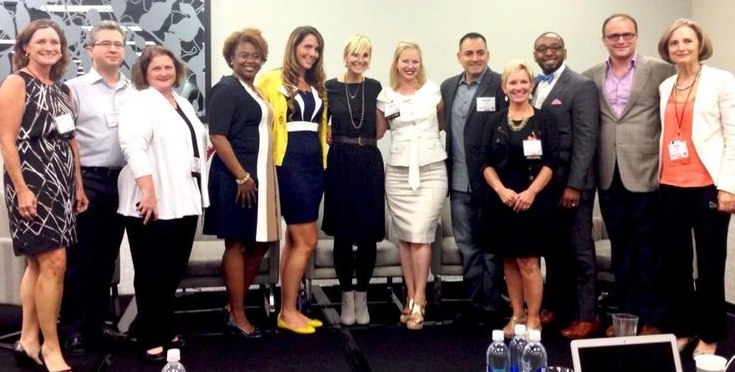
I’m especially grateful for all that she did for my co-author Chris Boudreaux and I. From hosting a book-signing event for our book launch in 2013 to allowing us to share the W Hotel venue to launch the Employee Advocacy Summit in 2014 as a half day pre-opener to the Social Shake Up.
The most moving post she wrote was this one about our book The Most Powerful Brand on Earth. While I was moved by the accolades she included and the hard hitting facts on the integrity of our content … that wasn’t what moved me most. It was the date that it was published and how I came upon reading it that really moved me. You see, Robin had a sixth sense. She knew that my mother was dying and I was her primary care giver. We talked a lot about our Mothers over the years and the kinds of role models they were to us and how we hoped our children would reflect on our legacy some day. So it was … the morning my Mom passed, as I was walking out of her room, a notification appeared on my phone of a new SMT post. When I opened it, this was the post she wrote. It was postmarked the same date my Mom left this world, January 27, 2014. I was overwhelmed with the feeling of Divine Intervention that my Mom was proud of me, while at the same time, so was Robin Fray Carey.
Thank you Robin and the SMT Family. We’ve created a movement, together.


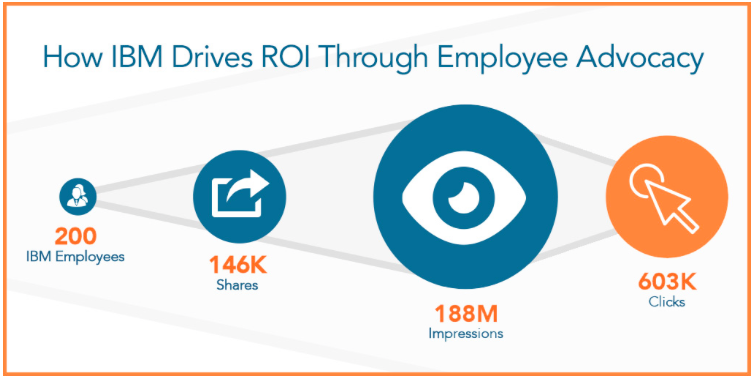
 Prove value to your stakeholders, or your program will be short lived
Prove value to your stakeholders, or your program will be short lived Amber Armstrong, Program Director of IBM’s Social Business team, launched a unique employee advocacy program powered by Dynamic Signal with 200 initial subject matter experts (SMEs). This elite group drove 146K shares to date, resulting in 188M impressions and 603K clicks through to the call to action. An estimated cost savings on media spend between $300K – $1.2M.
Amber Armstrong, Program Director of IBM’s Social Business team, launched a unique employee advocacy program powered by Dynamic Signal with 200 initial subject matter experts (SMEs). This elite group drove 146K shares to date, resulting in 188M impressions and 603K clicks through to the call to action. An estimated cost savings on media spend between $300K – $1.2M. Wow! What an incredible demonstration of ROI
Wow! What an incredible demonstration of ROI